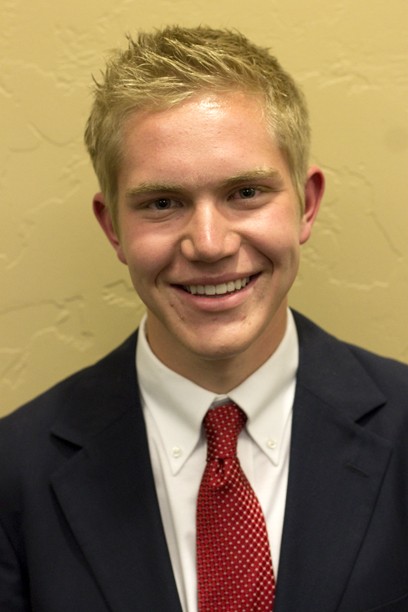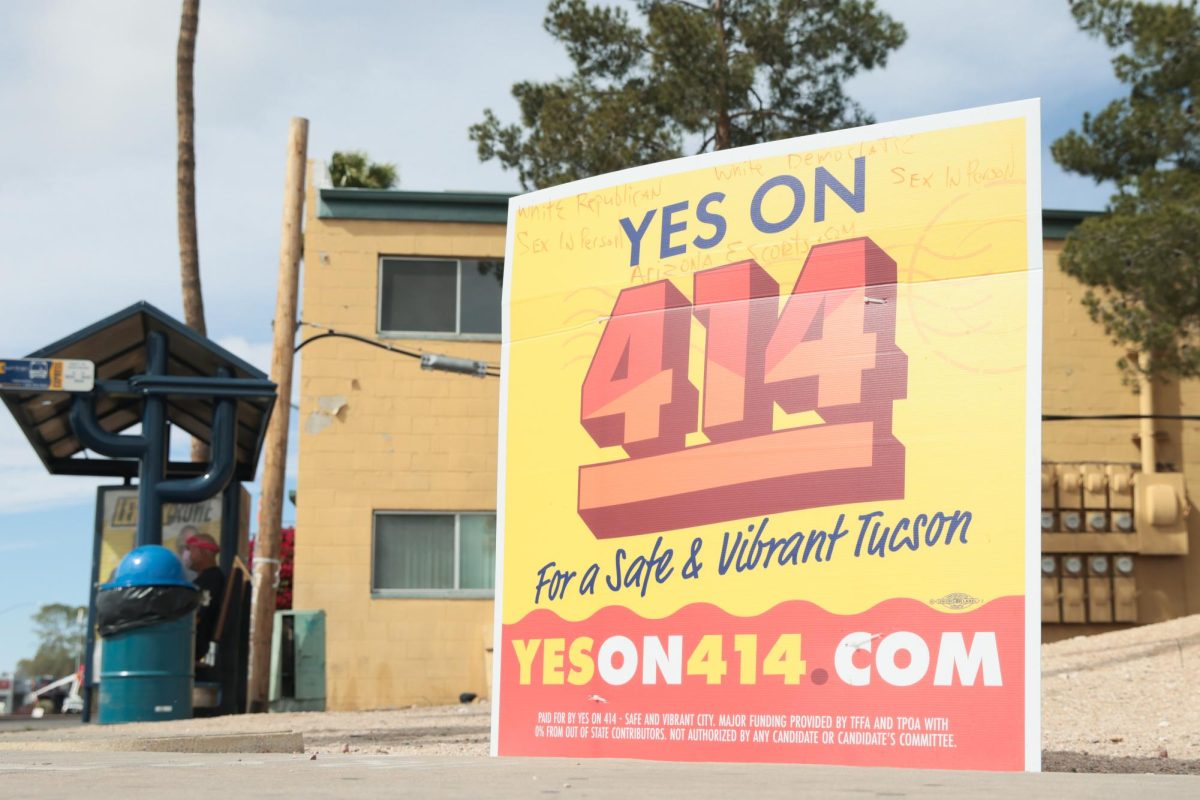An ASUA senator is running into problems regarding his campus project.
Last year, Taylor Ashton, a senator for the Associated Students of the University of Arizona and a political science sophomore, ran on a platform of getting course syllabus previews posted online for students to view before registering for a course. This would allow students to gain more information before deciding on which class to take, he said.
However, some professors are arguing the feasibility of the project.
“It’s not going to happen,” said Tom Fleming, an astronomer and senior lecturer at the UA. “The problem is it’s something that
can’t practically be done for many reasons.”
It is too big of a job to keep it up to date and managed and some classes are taught by multiple people and therefore the syllabi will be different for each class, according to Fleming.
Furthermore, many courses and their teachers are not even announced until a few days before. The only way to make this project possible would be to go into D2L and take the syllabi from previous courses, Fleming said.
“There is no way my committee or even the administration would go into D2L and pull out everyone’s syllabus,” he said. “The faculty would consider that a violation of their academic freedom.”
However, Ashton said he has high hopes for the project. He said he has been talking with faculty members on the University-wide General Education Committee and has received positive feedback. It is in a “pilot” program right now and the goal is to not necessarily get a full “syllabus” online before registration, but just to gather more information about a course before a student selects it.
“We’re just trying to get more information to the students, whether it be a syllabus or not,” Ashton said.
Some of the information that Ashton said he hopes to be able to post in the pilot program is the course layout, the teaching methods, the required texts and if the course is lecture based or discussion based.
“We’re college students. We’re adults,” Ashton said. “It is our right as students to learn in the best way possible and be fully informed because we are paying for it.”
However, the best way to find out about a course is to actually attend the first week of class, see if it is a good fit and, if not, drop the course and add a different one, according to Fleming.
Despite the roadblocks ASUA has run into during this project, some students think it would be beneficial.
“I think it will be very helpful because a lot of students have no idea what the class is about. They just hear about it from other students,” said Ben Brehne, a pre-business freshman. “If we got the syllabus ahead of time, then kids would know what the course is actually about and how much work is required.”








